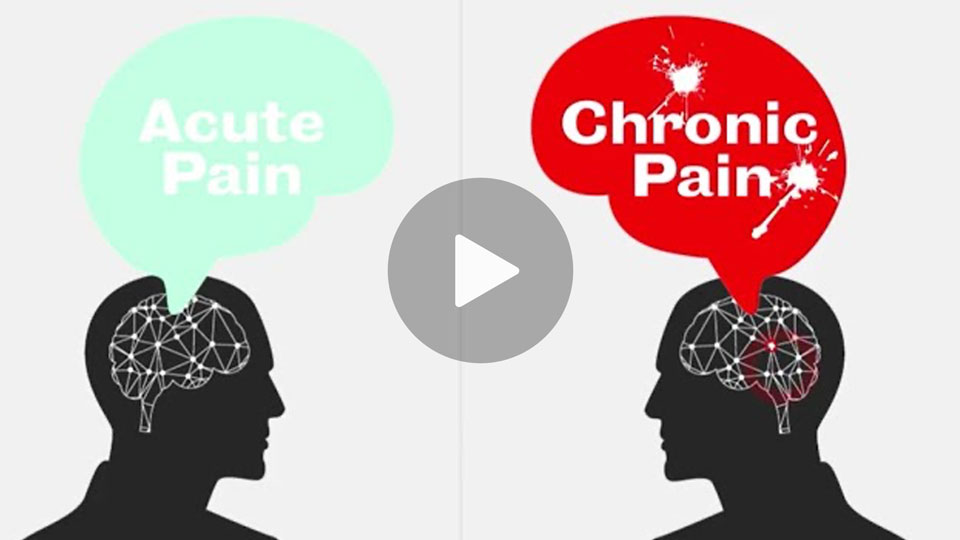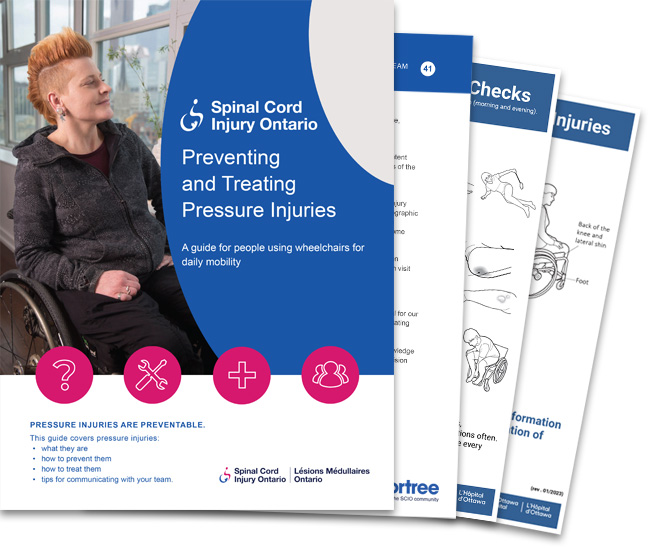Today, we’re discussing guided meditation for managing chronic pain, and providing an intro to mindfulness meditation. In this video, we talk about how mindfulness, specifically guided meditation, can improve the quality of life for people with chronic pain. Mindfulness is a non-judgmental awareness of your present moment experience. Guided meditation is the act of focusing on your breath. It helps relax the body and decrease anxiety. One way we do this is through the body scan technique which you’ll learn about in this video.
Mindfulness can be defined as paying attention to whatever is happening in the present moment with a kind, open, and curious attitude. It can help you settle your mind and relax your body. Mindfulness interventions like guided meditation have been shown to decrease anxiety depression and distress, and to enhance quality of life for people living with chronic pain. Guided meditation is often taught in a series of practices, increasing in complexity, beginning with the breath and expanding to specific parts of the body and through to your emotions and thoughts.
If you’ve found this video, you’re probably looking for more info on:
- guided meditation for managing chronic pain
- intro to mindfulness meditation, and meditation for spinal cord injury
- guided imagery and meditation for chronic pain
- meditation for spinal cord injury pain relief
- meditation for wheelchair users
- mindfulness meditation, and pain management meditation
- relaxation techniques for pain, and wheelchair meditation
The part of the session used to focus on specific parts of the body is often referred to as a body scan. A body scan may last anywhere from 5 to 45 minutes. The aim of a body scan is to gain stability of attention so you can choose what to focus on and what to say to yourself about it. Mindfulness meditation can help reduce the sensations of pain through multiple and unique psychological and neural processes. Researchers believe it has to do with something called changes in executive attention. When you become aware of how you perceive pain, you interrupt the connection between the sensory experience and your evaluation of what the pain means.
Mindfulness meditation can take a lot of practice before you’ll recognize the effects and realize the benefits, and it may even seem a little silly in the beginning. But once you have practiced it a few times and learned the technique, it is possible to achieve a common relaxed state, leading to less sensation of pain. While you’re here and thinking about meditation, why not check out our video guided meditation session to try a short, guided session.
If you enjoyed this video about guided meditation for managing chronic pain, and an intro to mindfulness meditation, please remember to like, share, subscribe, and leave a comment if you have any questions or suggestions. We hope to see you here again soon!





